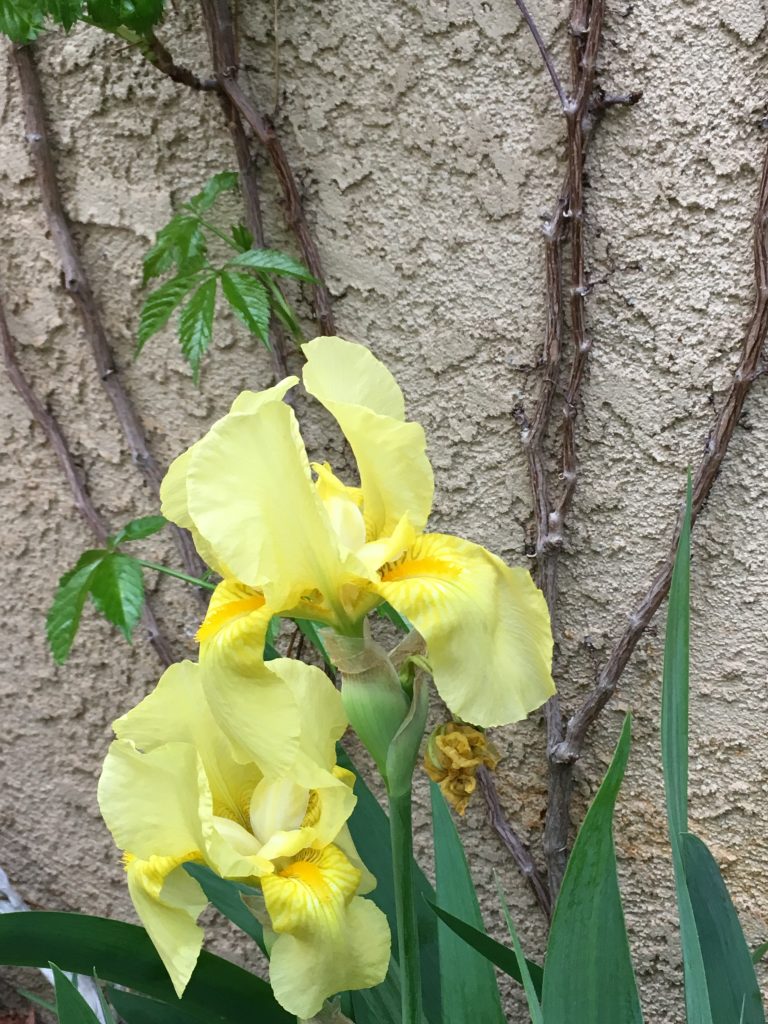This is something I posted quite awhile ago. However, it’s more relevant now than ever, especially as we struggle daily with the pressures of climate change, national political scandals, global unrest, and the possibility of a viral pandemic. (I’ll write more about that in the next couple of posts.)

Slowly but inexorably, science and medicine are moving toward a more holistic view of wellness, toward acceptance of the existence of a mind-body connection that influences our health or lack of it.
In earlier times, the correlation between what people thought and how their bodies felt was an accepted tenet of healers everywhere. Indigenous healers believed (and still do, in many cases) that positive thinking produced positive results. The reverse is also true. A negative thought, whether directed outward towards another or turned inwards towards the self can result in illness and in some cases, death.
Hawaiian shamanism or Huna contends that the ability of the body, the Unihipili or “little self,” to communicate with Spirit, Aumakua or the “higher self,” and interpret Spirit’s messages correctly can produce not only physical health but a good and fulfilling life. This is often accomplished through ritual—which can include a dance, a prayer, a special ceremony, or the creation of a symbolic art piece. The Uhane or “middle self,” which in Western thought is called “ego,” can help or hinder this process, depending upon whether it is allowed to run the show or serve the higher purpose.
For example, in the Southwestern US, a modern Navajo ha’atali or healer will conduct a “sing”— a ceremony of supplication to Spirit on behalf of a sick tribal member, which often includes the creation of a sand painting meant to convey special symbolic messages to the patient’s higher self and the Great Spirit (of which, many believe, we are all part). In such a case, the patient’s family, friends, and community members are all expected to participate, because it is felt that the dis-ease of one member affects the whole, and the sing may last for several days.
Although such a communal approach to healing appears to have a powerfully positive effect on the patient’s prognosis, I feel it is effective in the sense that the patient’s journey back to health is being witnessed by those persons most important to him. The real, underlying power lies in the belief that sickness is not something from outside visited upon the patient, but springs from within, from his own felt disconnection from Spirit, from his Source of Being.
The challenge, then, is to help the patient understand that he has never been separated from Source, and that it is only the machinations of the ego that have made it appear that he was. Ego is not a friend. One of Ego’s favorite tricks to make us miserable is suggestion– particularly negative suggestion– and it employs all sorts of outlets for this: the news media, friends’ comments, our own thoughts, bumper stickers, films, and so on.
I’ll expand upon these thoughts in future posts. Meanwhile, whether you hold to Newtonian physics or have begun to embrace the new paradigm of quantum physics, you can try this little experiment on the power of suggestion:
Take two small plants in separate pots and place them fairly far away from each other. Each day, in the morning and evening, address one plant with loving thoughts. You can say things like, “You’re beautiful!” or “I love you!” or “I want you to grow and I’ll help you!” To the other plant you must say very negative things such as, “You are so ugly!” or “I think you’re beginning to shrivel up!” or “I want you to die!”
Then watch what happens with the plants. Throughout this process you must continue to water them and take care of them in the usual mechanical way. They should receive the same amount of sun, water, fresh air, etc.
For references, see Tompkins & Bird’s The Secret Life of Plants
http://topdocumentaryfilms.com/the-secret-life-of-plants/
http://en.wikipedia.org/wiki/The_Secret_Life_of_Plants
Also see Stephen Harrod Buhner’s Plant Intelligence and the Imaginal Realm – even more interesting!
Stephen Harrod Buhner – Gaian Studies
Plant Intelligence and the Imaginal Realm
Another fascinating and perhaps more personal experiment is to ask a friend to help you as follows: On Day One, the friend must greet you with effusive praise. “You look wonderful today! You must have had a fantastic evening last night. Your hair looks gorgeous, you have the most enchanting smile!” etc. That night, record in a journal your emotional and physical responses to this communication. On Day Two, the same friend must greet you with comments such as “Oh, dear—you don’t look too good. Are you coming down with something? What’s going on with you?” etc.) That night, again record in your journal your emotional and physical responses to this communication. On Day Three, note the differences in your emotional and physical responses to the two different verbal messages you’ve received.
Then I invite you to comment on your results here in this blog. Have fun with this, and let me know how it goes!
